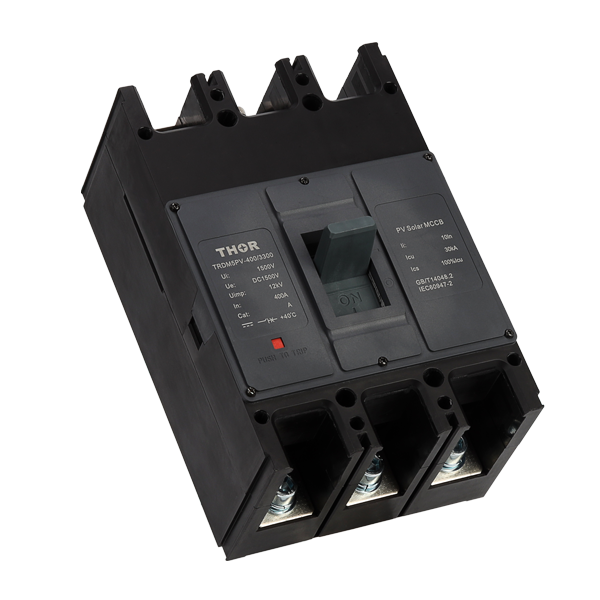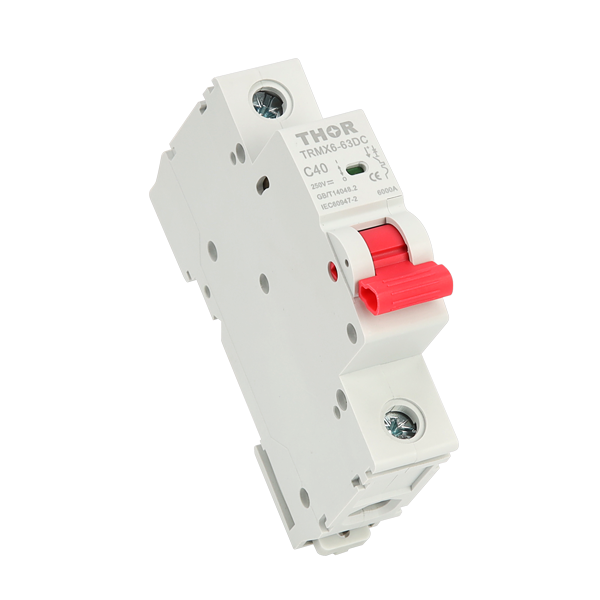A circuit breaker detects excessive current through an electromagnetic device, with the electromagnetic coil activating within 0.1 seconds; a thermosensitive element triggers when the temperature rises to 70°C, requiring manual or automatic reset after breaking the circuit. Next, by detecting abnormal current, triggering a mechanical switch, breaking the circuit, and manually or automatically resetting, we can specifically understand.
Detecting Abnormal Current
Circuit breakers protect circuits by sensing abnormal currents with various sensors. Electromagnetic devices monitor the current strength, and if it exceeds a predetermined amount, the magnetic field actuates the circuit breaker. For example, a circuit breaker for household use might trip at 30 amps, while an industrial breaker might handle hundreds of amps. An electromagnetic sensor will respond within milliseconds if the current spikes to 50 amps.
Thermal elements detect overcurrent by monitoring temperature increases. When the current exceeds about 150% of the rated value, the thermal element's temperature rises until the breaker trips. For instance, a 30-amp breaker might trip on a 20-amp circuit if the current reaches 25 amps, and precision equipment like CNC machines may use high-sensitivity thermal elements to protect sensitive gear, triggering the breaker when current increases from 15 amps to 16.5 amps.

Triggering Mechanical Switch
When a circuit breaker detects an abnormal current, it triggers an electric switch via electromagnetic devices or thermal elements. If the current exceeds the nominal value, the electromagnetic device releases and pulls a mechanical lever to separate contacts. For example, a 30-amp breaker will trip the mechanical switch within 1 millisecond if the current reaches 40 amps. In cases where the current climbs to 600 amps, such as due to a phase imbalance or short circuit, the breaker quickly disconnects to prevent damage.
Thermal elements also trigger the mechanical switch by temperature changes. When an overload occurs, the temperature of the thermal element rises, pushing the mechanical switch to break the circuit. For instance, a 20-amp breaker might trip at 25 amps within five seconds. Precision equipment breakers may trip closely when the current exceeds 5% of the rated value, such as from 20 amps to 21 amps, with the thermal element opening within 2 seconds.
Disconnecting the Circuit
Circuit breakers disconnect the load using a bistable mechanical switch to prevent overloads or short circuits. In a household circuit, a 30-amp breaker shuts off when the current reaches 30 amps. In industrial settings, a 600-amp breaker disconnects quickly, usually within 1 millisecond, when the current exceeds 500 amps to prevent damage. In large manufacturing plants, a 1000-amp breaker will trip as soon as the current exceeds 1200 amps, protecting the circuit from damage.

Manual or Automatic Reset
After disconnecting the circuit, the breaker must be reset manually or automatically to restore operation. Home and small business circuits typically use manual reset, requiring the user to manually switch the breaker off and on. For example, a 30-amp breaker requires manual reset to restore power safely after checking for faults.
Automatic reset is used in industrial and high-accuracy applications, such as data centers and automated factories. Modern industrial breakers reset themselves once the current returns to normal. For instance, a 500-amp breaker that trips at 600 amps will automatically reset within seconds after the current normalizes. Automatic reset enhances system reliability and efficiency for unattended or continuous operation, especially in 24/7 data centers.
